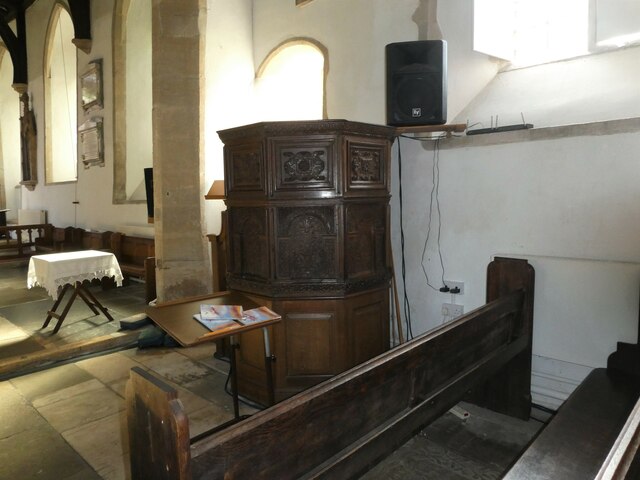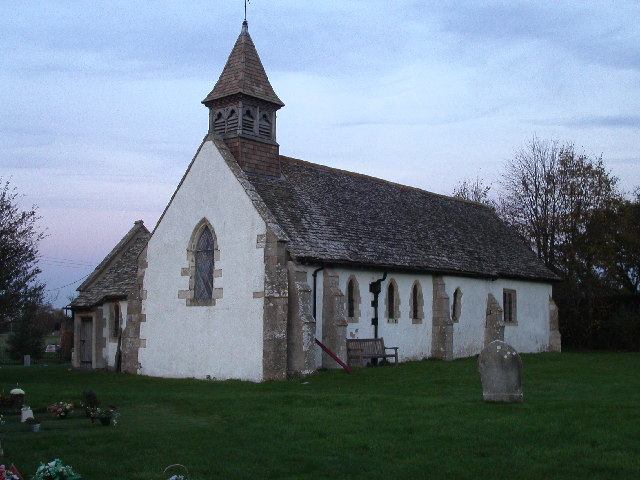Vale of White Horse
Valley in Berkshire Vale of White Horse
England
Vale of White Horse

Vale of White Horse is a district located in the county of Berkshire, England. As the name suggests, it is situated in a valley, surrounded by the rolling hills of the North Wessex Downs to the south and the Berkshire Downs to the north. The district covers an area of approximately 260 square miles and is home to a population of around 125,000 people.
The Vale of White Horse is known for its picturesque landscapes and charming villages. The River Thames meanders through the district, providing a tranquil setting for boating and leisure activities. The area is also rich in history, with evidence of human settlement dating back to the Iron Age. There are numerous archaeological sites, including the Uffington White Horse, a prehistoric hill figure carved into the chalk hills.
The district is well-connected, with excellent transport links. The A34 road runs through the Vale, connecting it to major towns and cities such as Oxford, Newbury, and Reading. There are also several railway stations within the district, providing convenient access to London and other parts of the country.
Vale of White Horse offers a wide range of amenities and attractions. The market towns of Abingdon and Wantage are popular destinations, offering a variety of shops, restaurants, and cultural events. The district is also known for its vibrant arts and music scene, with numerous festivals and events taking place throughout the year.
Overall, Vale of White Horse is a beautiful and historic district, offering a mix of rural charm and modern convenience. It is a popular destination for both residents and visitors, with its stunning landscapes, rich history, and vibrant community.
If you have any feedback on the listing, please let us know in the comments section below.
Vale of White Horse Images
Images are sourced within 2km of 51.625256/-1.5187905 or Grid Reference SU3391. Thanks to Geograph Open Source API. All images are credited.

Vale of White Horse is located at Grid Ref: SU3391 (Lat: 51.625256, Lng: -1.5187905)
Administrative County: Oxfordshire
District: Vale of White Horse
Police Authority: Thames Valley
What 3 Words
///intention.outbid.firms. Near Stanford in the Vale, Oxfordshire
Nearby Locations
Related Wikis
RAF Shellingford
RAF Shellingford was a Royal Air Force station located approximately 4 miles east of the town of Faringdon in Oxfordshire. It occupied land adjacent to...
Stanford in the Vale
Stanford in the Vale is a village and civil parish in the Vale of White Horse about 3+1⁄2 miles (5.6 km) southeast of Faringdon and 5 miles (8 km) northwest...
Baulking
Baulking or Balking is a village and civil parish about 3+1⁄2 miles (5.6 km) southeast of Faringdon in the Vale of White Horse district of Oxfordshire...
Bow, Oxfordshire
Bow is a hamlet contiguous with Stanford in the Vale in Oxfordshire, England. == External links == Media related to Bow, Oxfordshire at Wikimedia Commons
Goosey
Goosey is a village and civil parish in England, about 4.5 miles (7 km) northwest of Wantage in the Vale of White Horse. Goosey was part of Berkshire until...
Shellingford
Shellingford, historically also spelt Shillingford, is a village and civil parish about 2+1⁄2 miles (4 km) south-east of Faringdon in the Vale of White...
Shellingford Crossroads Quarry
Shellingford Crossroads Quarry is a 2.6-hectare (6.4-acre) geological Site of Special Scientific Interest west of Stanford in the Vale in Oxfordshire....
Challow railway station
Challow railway station is a former railway station about 2 miles (3 km) south of Stanford in the Vale on the A417 road between Wantage and Faringdon....
Have you been to Vale of White Horse?
Leave your review of Vale of White Horse below (or comments, questions and feedback).























